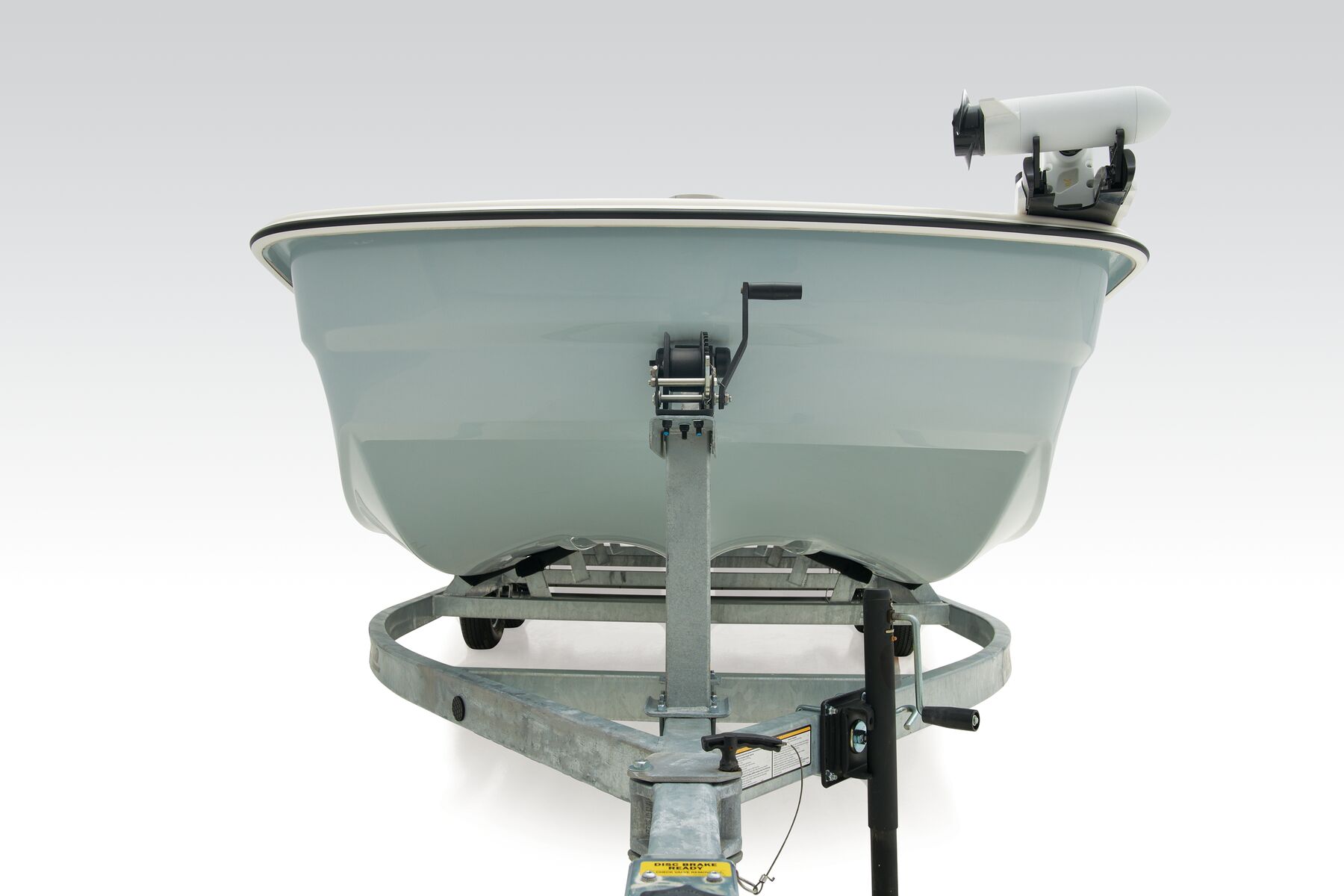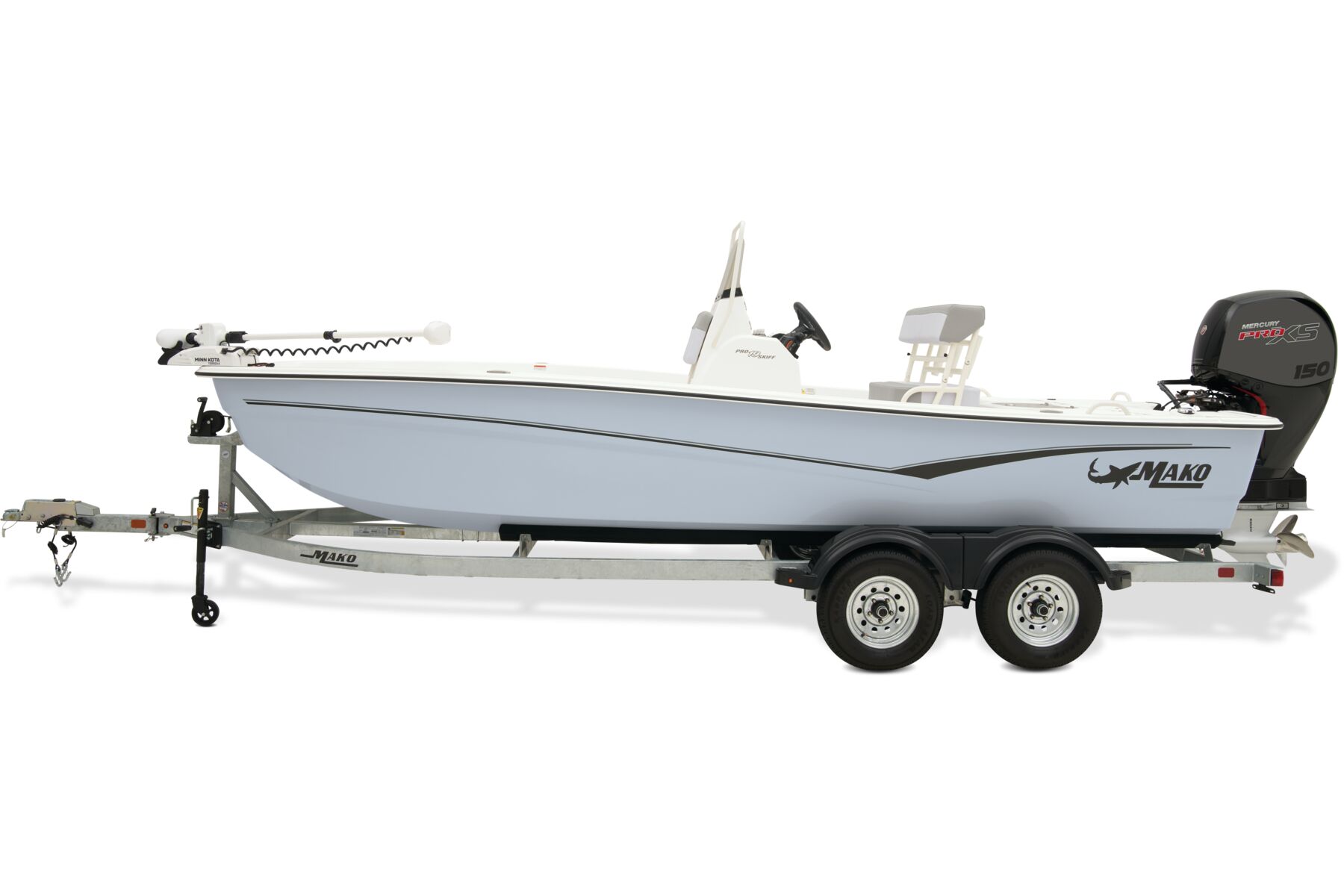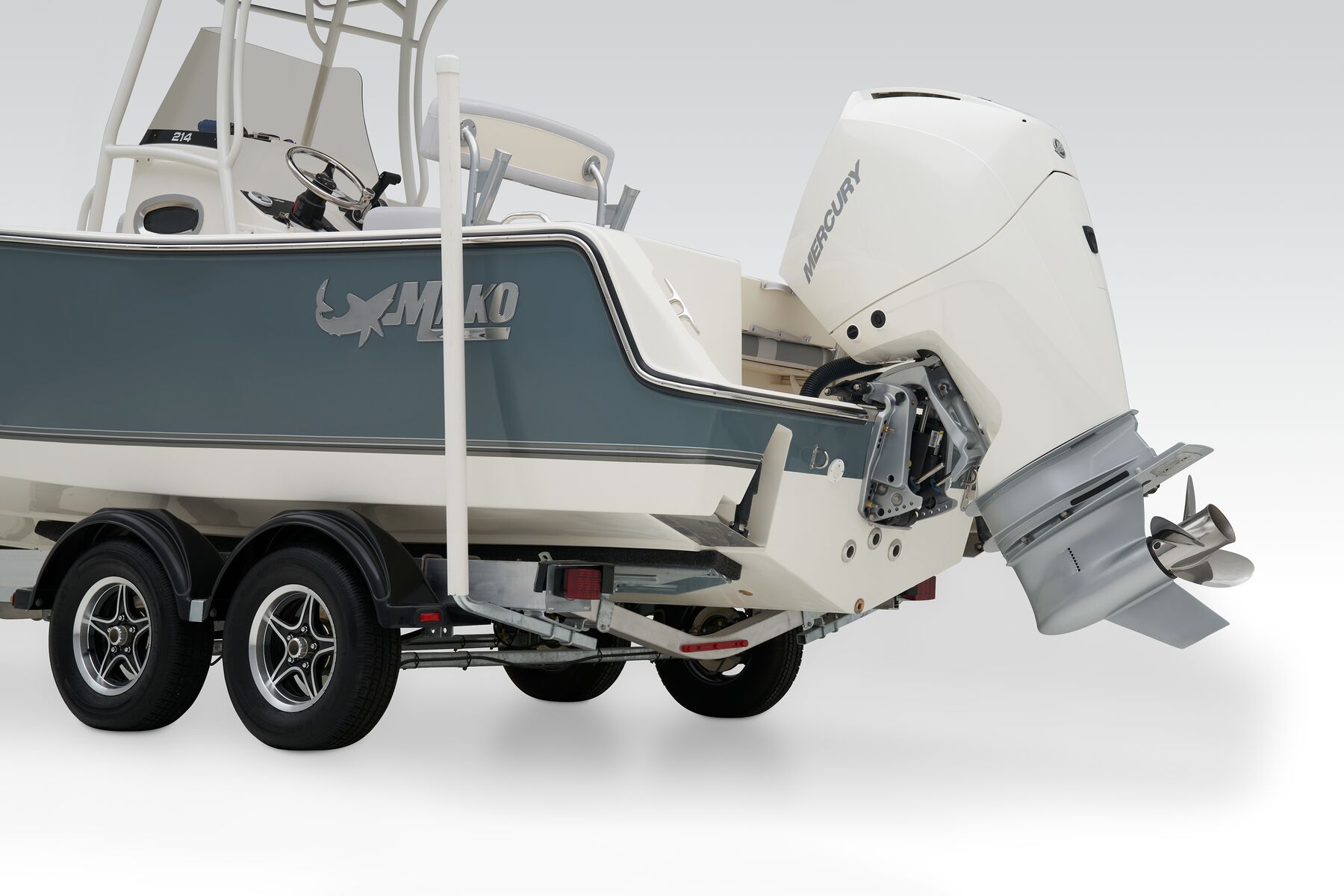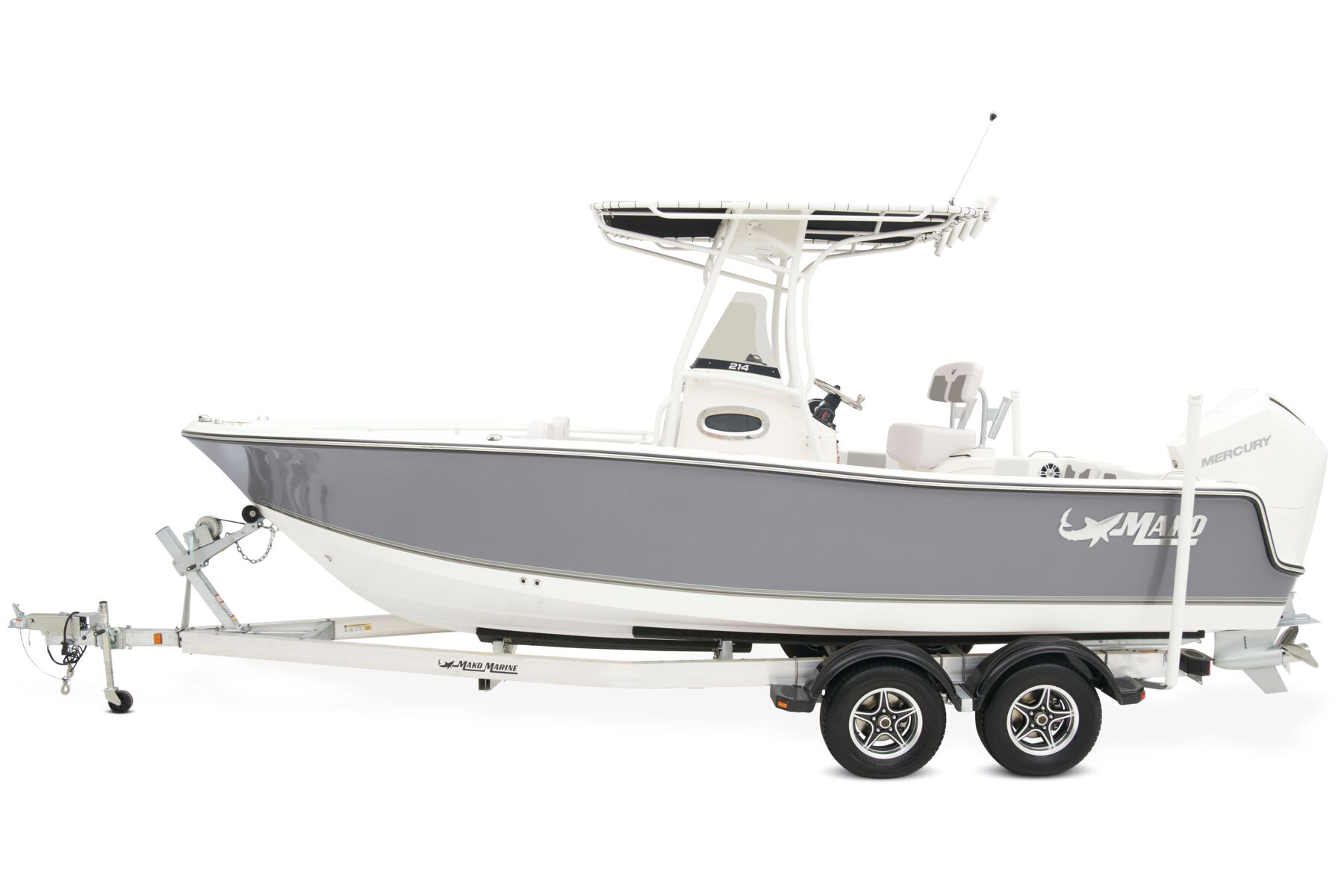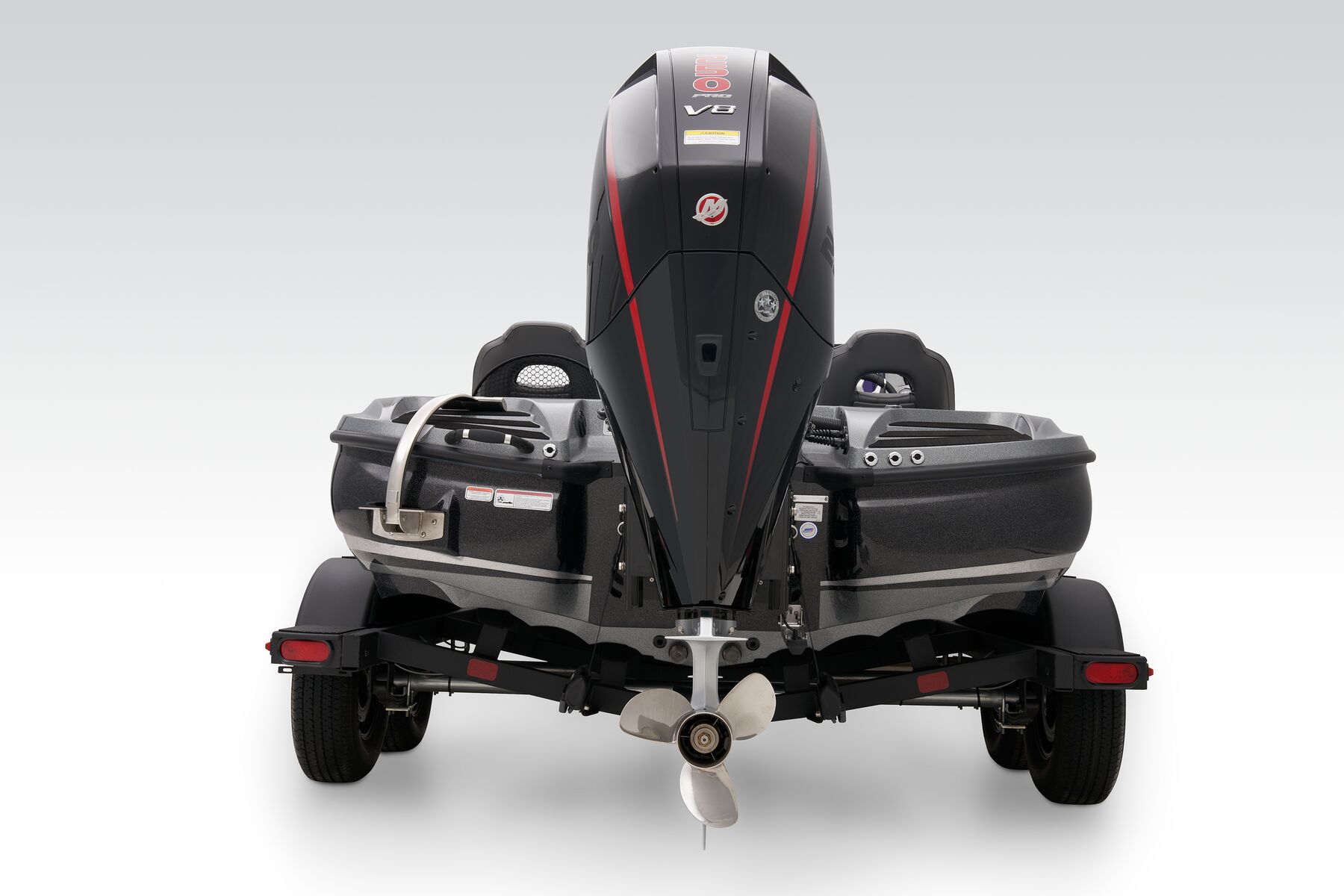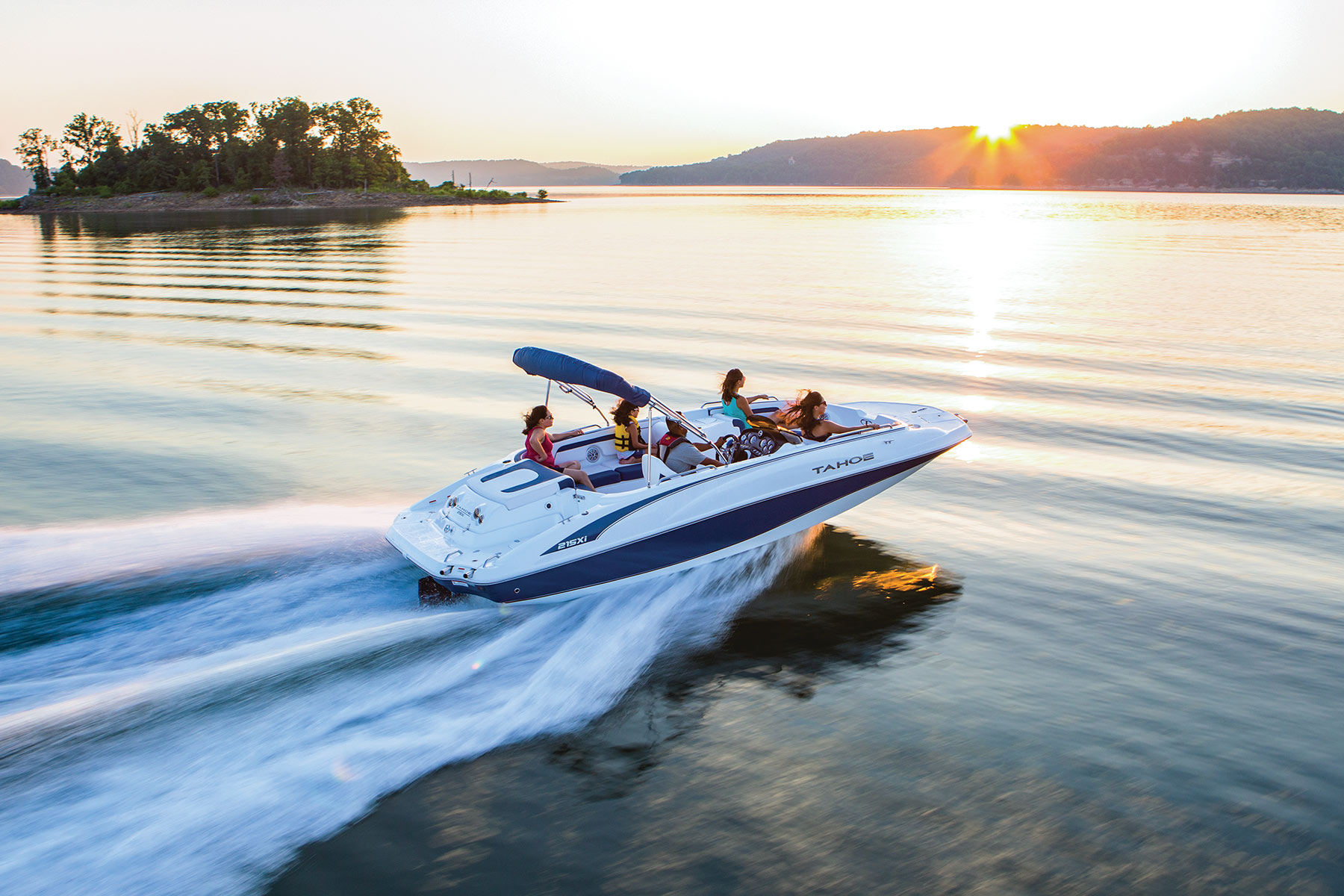When boat shopping, the first question that comes to mind is how you plan to use it. Anglers want tackle storage, families like comfortable seating and wakeboarders need speed. With the needs and features checked off the list, what comes next? Most often it’s the price. There might be something missing from the list, though—the boat’s hull design.
Car buyers give little thought to the exterior design (not to be confused with the exterior styling and graphics) and the same goes for boats. Yet nothing makes a difference in your boating pleasure more than the design of the hull. You might have all the features you need inside the boat, but not on the bottom. Choosing the right hull can make a huge difference in comfort, ride, performance and handling.
Understanding the basics of hull designs—and how each makes the boat perform differently—are worth taking the time to know. There is much give and take when it comes to hulls, and no design does everything well.
Here is an example. When perusing boat specs, new boaters rarely stop at deadrise, because they don’t understand what it means. Measured in degrees, deadrise is the angle where each side of the bottom intersects with an imaginary horizontal line (the water line). Deadrise can be measured anywhere on the hull, but most boat makers list transom deadrise.
Deadrise relates to the type of hull. Deadrise is important because it’s a common measure of how soft a boat will ride. Put another way, more deadrise generally equals the ability to run at faster speeds and slice through the chop. Flat bottom jon boats have zero deadrise, while a bay boat might have a 25-degree deadrise.
Here’s a look at the most common types of hulls.

